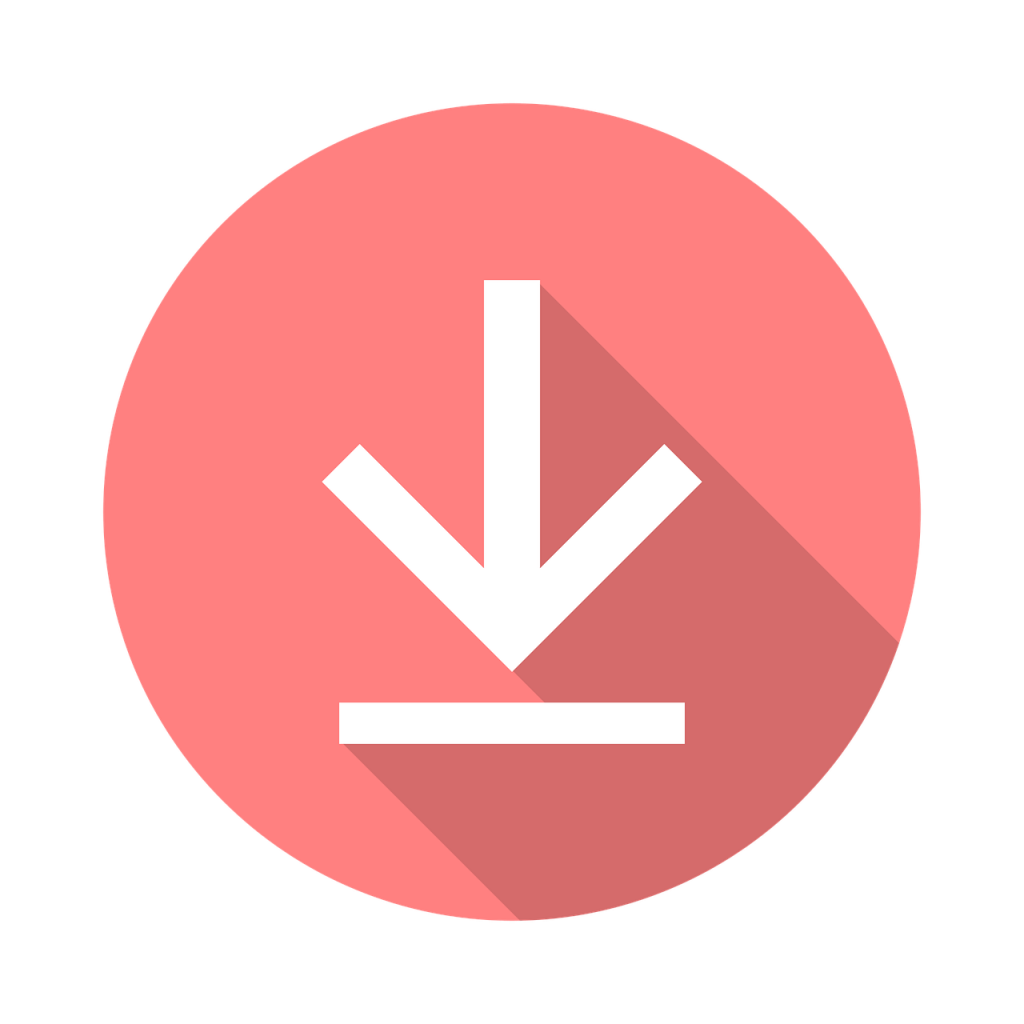There are many words in German that are similar to English – and basic tech terminology is no exception. You may have already noticed that, in general, a lot of German tech terminology comes from English. For example, the word “Internet” remains unchanged in most languages, with the only variation being pronunciation. German tech terminology does some have difference from its English counterparts, but there are also significant similarities. And because English is also a Germanic language, many of the terms are cognates.
Here are some examples of German and English verbs that are similar:
Eine E-Mail öffnen (to open an email)
Ein Programm neu starten (to restart a program)
There are of course many scenarios in which you may understand the words themselves, but haven’t yet pieced together the entire meaning. The second phrase above offers such an example.
Let’s take a closer look at it:
Ein Programm neu starten
If you were to base your understanding on words you’ve encountered before, you may come up with “to start one program anew.” But in German, the word for one is also used for the indefinite article a. After giving it a moment’s thought, you’d probably figure out that neu starten means “restart.” Taking into account how German word order works, you’d come up with following final sentence:
To restart a program
New vocabulary:
Even though there are similarities between tech terminology in German and those in English, here are some new words and phrases whose similarities are not as obvious or even completely different:
das Fenster schließen (to close the window)
anhängen (attach)
entsperren or freischalten (unlock)*
*Note that there can be slight misunderstandings if you use certain words for “unlock” – such as entriegeln – that are typically used to refer to unlocking a door.
5 common words and how to use them:
#1 anhängen (to attach)
Here’s an example of using anhängen in a sentence:
Es sieht so aus, als hätte ich die PDF-Datei an die E-Mail angehängt.
(It looks as though I’ve attached the PDF file to the email.)
#2 herunterladen (to download)

#3 installieren (to install)
Here’s an example of using herunterladen (“download”) and installieren (“install”) in a sentence:
Die Experten empfehlen Mac-Nutzern, ein von Apple bereitgestelltes Sicherheitsupdate herunterzuladen und zu installieren.
(The specialists recommend Mac users to download and install a security update that has been provided by Apple.)
#4 weiterleiten (to forward)
Here’s an example of using weiterleiten in a sentence:
Mein Management hat mir eine E-Mail weitergeleitet.
(My management forwarded an e-mail to me.)
#5 sich einloggen (to log in)
Hrre you can see sich einloggen used in a sentence:
Ich habe auch ein E-Mail-Konto für Sie eingerichtet, welches Sie überprüfen können, sobald Sie eingeloggt sind.
(I’ve set up an email account for you as well, which you can check as soon as you’ve logged in.)
Keep in mind that these words are of course conjugated when they’re used in sentences, so they might take on different forms depending on the person, number, tense, and mood.
To familiarize yourself with more useful tech terminology in German, check out this thorough list.
Embark on your own personal language learning journey with the Yabla German platform. Yabla offers a wide variety of videos – including narrative and documentary film clips, music videos, original content, and more – featuring native speakers.
Games, vocabulary lists, interactive subtitles, comprehension questions, and dictation exercises help you master spelling, grammar, vocabulary, pronunciation, and listening skills.
With Yabla, you can learn at your own pace using videos pertaining to your specific interests. Expand your horizons by learning German, the most spoken language in the EU.
